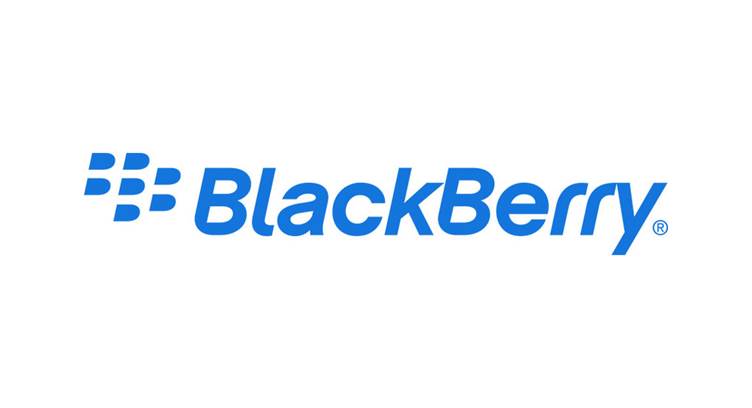BlackBerry announced the launch of Chrome Enterprise Management with BlackBerry UEM, providing the full suite of Unified Endpoint Management (UEM) support for the growing number devices running the popular Google Chrome OS and Chrome browser in enterprises.
The new integration increases BlackBerry UEM’s Serviceable Available Market (SAM) with Chrome Enterprise devices quickly gaining popularity as a cost-effective, competitive solution for business executives, their tech teams and employees, now backed by BlackBerry UEM’s industry leading security. Additionally, the new BlackBerry UEM integration is featured on Google’s Chrome Enterprise Recommended program that helps enterprises select validated partner solutions and integrations that support their workforce, wherever they work and the devices they choose to use.
BlackBerry UEM leverages the new Chrome Enterprise Connectors Framework and associated Chrome Management APIs including Chrome Policy APIs to manage and secure Chrome-based devices. Through BlackBerry’s rich unified endpoint management feature-set and a single integrated dashboard view, IT managers are now able to activate an extensive list of policies including remote wipe, password enforcement, user group and Allowlist configurations, auto-updates, and connection settings for Chrome OS-powered devices and the Chrome browser. This greater level of control over device and policy management enables organizations to empower users to work on their choice of technology without compromising enterprise security.
Billy Ho, Executive VP, Cybersecurity Product at BlackBerry
We see increasing adoption of Google Chrome and Chrome OS devices amongst our enterprise customers. In addition to existing support for BlackBerry apps on Chrome devices, businesses were calling for remote management capabilities to enforce policy settings and raise security levels. Working hand-in-hand with Google, our UEM solution is better equipped than ever to keep employees connected and protected so they can work from practically any device, anywhere.
Phil Hochmuth, VP, endpoint management and enterprise mobility, IDC
As enterprises deploy more modern, cloud-centric endpoints such as Chromebooks, smartphones and tablets as primary computing devices, they’re also looking to centralize all management and security of these endpoints. Tools that help integrate newer technologies such as Chrome OS into established endpoint management and security frameworks will be critical to the success of these deployments.






















